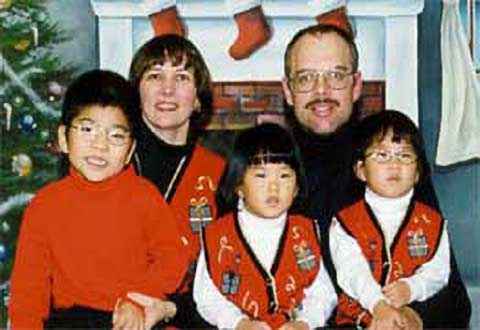The Community Imperative
The time to debate the place of people with disabilities in the society and the community has long since passed. It is time to shift attention to assuring that community living is accomplished in a manner consistent with the values and beliefs expressed in The Community Imperative.
In 1995, Lucy Gwin produced a call to action entitled You Choose as part of a grassroots effort to pass federal legislation to expand personal assistance services.
One of the dynamics of the continued controversy was the requirements of states coming from the Americans with Disabilities Act. The Department of Justice issued two regulations that came to be important in the Olmstead decision and the debate about community living.
The first was that states were required to administer services in the most integrated setting appropriate to the needs of individuals with disabilities. Integration was defined in terms of enabling interaction with persons without disabilities to the fullest extent possible.
The second regulation required states to make "reasonable modifications" in policies, practices and procedures in order to avoid discrimination, unless the state "can demonstrate that making the modifications would fundamentally alter the nature of the service, program or activity."
States could avoid changes if they could demonstrate that "fundamental alterations" were required. The Olmstead ruling in 1999 turned up the heat for change.
A number of initiatives during the 1990s increased support to people with developmental disabilities having homes of their own. Several federal programs developed in the late 1980s and early 1990s began to offer housing options for adults with developmental disabilities.
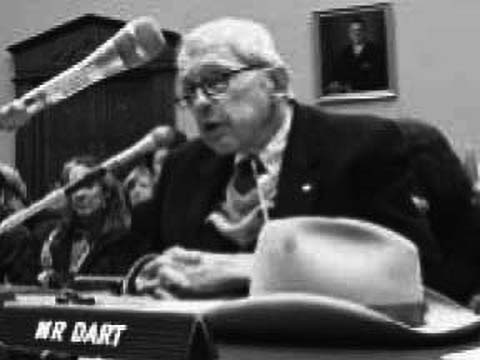
Justin Dart
Photo courtesy Tom Olin
They included:
- Housing and Community Development Act of 1987 (P.L. 100-142)
- Stewart McKinney Homeless Assistance Act of 1987 (P.L. 100-77)
- National Affordable Housing Act of 1990 (P.L. 101-402)
- Farmers Home Administration's Guaranteed Loan Program
- Federal National Mortgage Association (Fannie Mae)
Unless they are adequately funded, however, all federally subsidized housing will continue to serve less than one-third of all eligible applicants with and without disabilities (National Council on Disability, 1996).
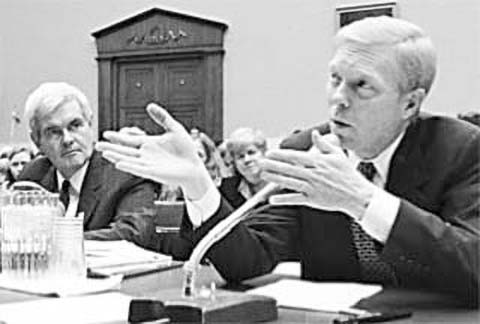
Representatives
Gingrich and Gephart
Photo courtesy Tom Olin
The supports available to people in their own homes increased as well:
The Community Supported Living Arrangement under the Medicaid Home and Community Services Waiver expanded the availability of support services to people living in their own home or in their family home. This initiative increased consumer choice and control of their housing by separating the supports an individual needs from his/her housing arrangement.
Reverse Equity Mortgages grew in public acceptance and are an option for older families to finance housing and support services for their relative with a disability.
Fannie Mae's Community Living loan program was developed to assist families and community service agencies in financing small-scale community residences for people with disabilities. It became a resource for funding consumer controlled housing through the national Home of Your Own initiative. By 1996, nearly half of the states included a Home of Your Own initiative.
The Administration on Developmental Disabilities (ADD) funded Home of Your Own Demonstration Projects in several states, and then entered into a cooperative agreement that led to the formation of the National Home of Your Own Alliance. The Alliance works to combine person-owned and controlled housing and personalized support to enable all people, including those with the most intensive support needs, to live in homes of their own choosing.
The changing perspectives on family support were reflected and promoted in amendments to the Developmental Disabilities Assistance and Bill of Rights Act (P.L. 101-496) on 1990. The Act stated that the purpose of family support services now included strengthening and maintaining the family unit and preventing inappropriate out of home placements.
Video: Ed Roberts, widely recognized as the father of the independent living movement, was also deeply committed to the Partners in Policymaking program. He loved to speak to Partners. He traveled across the country to meet Partners participants; and share his personal story, encounters and adventures through service delivery systems. His words of encouragement and inspiration are as meaningful and needed today as they were during his lifetime.
By 1998, over $735 million was being spent nationwide on family support programs. This still only represented 3% of the total spending on developmental disabilities programs, but was a massive increase over the past.
Approximately $100 million was spent on family support in 1986 (using 1998 constant dollars). In the five years between 1993 and 1998, there was a 93% (inflation adjusted) increase. This was twice the increase in overall spending for other community services.
The level of commitment to family support programs varied greatly among states. For instance, average per capita spending on family support was $2.74 but the range was wide – the two states with the highest average family support spending per capita invested $12.44 and $9.58 per capita, while the two states with the lowest spent $0.15 and $0.20 per capita.
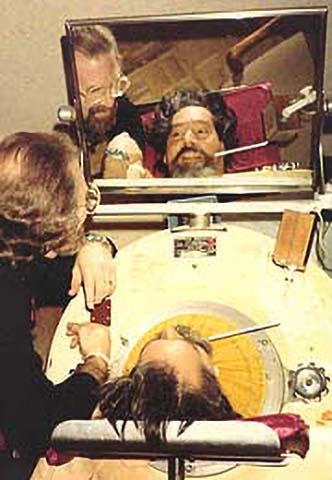
Ed Roberts and
William Bronston
The average spending per family involved in the programs was $2,245 but the range was over $11,000.
The average annual spending per family ranged from $11,855 and $8,916 in the two highest spending states to $232 and $335 in the two lowest spending states.
In 1998, the source of family support dollars was primarily from state funds. Of the states that broke out their spending by federal and state sources in a 1998 survey, only 23% of their total funds were from federal (HCBS Waiver and other sources).
Starting in 1998, the Administration of Developmental Disabilities has provided grant funding to states in order to stimulate the development of innovative family support services.
"In the 1990s in New Hampshire there was a person I'll call Alan…"
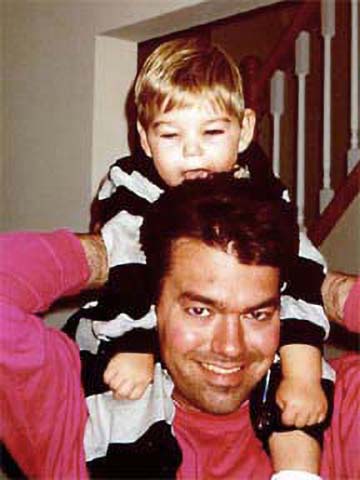
The projects supported by grant funding include the following types:
- development of a family support policy or advisory council
- self or family directed support
- training, technical assistance and technology utilization
- culturally competent services
- networking and outreach
- integration/coordination of services
- support to aging caregivers
- flexible funding (cash subsidy and other subsidy programs)
- policymaking activities
- waiting list initiatives
- family support specialists/coordinators
- guardianship alternatives
- localized service management
